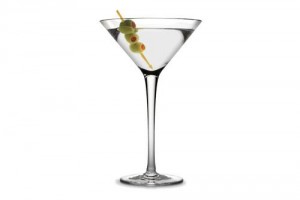
Dead fruit fly. Picture from wikipedia
C&EN describes how a sixth grade science project lead to the discovery that Truvia, a sweetner from the stevia plant, is toxic to fruit flies:
The discovery wouldn’t have been possible without Simon D. Kaschock-Marenda, who went to his dad three years ago to pitch an idea. Knowing that his father was a neurobiologist at Drexel with access to a supply of fruit flies, the sixth-grader proposed a science fair project: He wanted to feed a variety of sugars and sweeteners to flies and see how the insects fared.
One of the sweeteners father and son purchased from the supermarket for testing was Truvia, made by Minneapolis-basedCargill. The pair mixed that sweetener and a number of others with Drosophila food, put each in a container with adult fruit flies, and waited.
Almost a week later, Marenda’s son pointed out that the flies in the Truvia container had died, while the ones feeding off the other sweeteners were still alive. Thinking the result might be a fluke, the youngster and his father repeated the experiment, only to obtain the same result. Flies raised on the Truvia-laced food survived for about six days, and flies fed table sugar lived around 40 to 50 days.
The research was moved into the father’s lab where he discovered that erythritol is responsible for toxicity:
[F]ruit flies given food laced with Pure Via, another sweetener derived from the stevia plant, didn’t react as they had to Truvia. Their life span was unaltered.
So O’Donnell sent Truvia off to be analyzed with high-performance liquid chromatography and got interesting results. “More than 90% of the Truvia was erythritol,” Marenda says.
[…]
To determine whether erythritol was indeed their culprit, Marenda, O’Donnell, and their team placed fruit flies in containers with increasing doses of erythritol. At the highest concentration the researchers tested—2 M erythritol—all the flies died after a day or two of feeding.

